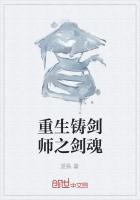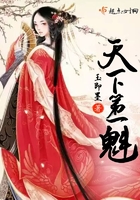One who selfishly imagines that all the floral beauty of the earth was created for man's sole delight will wonder why a flower so exquisitely beautiful as this dainty little orchid should be hidden in inaccessible peat-bogs, where overshoes and tempers get lost with deplorable frequency, and the water-snake and bittern mock at man's intrusion of their realm by the ease with which they move away from him.Not for man, but for the bee, the moth, and the butterfly, are orchids where they are and what they are.
The white-fringed orchis grows in watery places that it may more easily manufacture nectar, and protect itself from crawling pilferers; its flowers are clustered on a spike, their lips are fringed, they have been given fragrance and a snowy-white color that they may effectually advertise their sweets on whose removal by an insect benefactor that will carry pollen from flower to flower as he feeds depends their chance of producing fertile seed.It is probable the flower is white that night-flying moths may see it shine in the gloaming.From the length and slenderness of its spur it is doubtless adapted to the sphinx moth.
At the entrance to the nectary, two sticky disks stand on guard, ready to fasten themselves to the eyes of the first moth that inserts his tongue; and he finds on withdrawing his head that two pollen-masses attached to these disks have been removed with them.This plastering over of insects' eyes by the orchids might be serious business, indeed, were not the lepidoptera gifted with numerous pairs.The fragrance of many orchids, however, would be a sufficient guide even to a blind insect.With the pollen-masses sticking to his forehead, the moth enters another flower and necessarily rubs off some grains from the pollen masses, that have changed their attitude during his flight that they may be in the precise position to fertilize the viscid stigma.In almost the same way the similar Yellow-Fringed Orchis (H.ciliaris) and the great green orchids compel insects to work for them.
A larger-flowered species, the PRAIRIE WHITE-FRINGED ORCHIS (H.
lepicophea), found in bloom in June and July, on moist, open ground from western New York to Minnesota and Arkansas, differs from the preceding chiefly in having larger and greenish-white flowers, the lip cleft into wedge-shaped segments deeply fringed.
The hawk-moth removes on its tongue one, but not often both, of the pollinia attached to disks on either side of the entrance to the spur.
NODDING LADIES' TRESSES or TRACES
(Gyrostachys cernua; Spiranthes cernua of Gray) Orchid family Flowers - Small, white or yellowish, without a spur, fragrant, nodding or spreading in 3 rows on a cylindrical, slightly twisted spike 4 or 5 in.long.Side sepals free, the upper ones arching, and united with petals; the oblong, spreading lip crinkle-edged, and bearing minute, hairy callosities at bases Stem: 6 in.to 2ft.tall, with several pointed, wrapping bracts.Leaves: From or near the base, linear, almost grass-like.
Preferred Habitat - Low meadows, ditches, and swamps.
Flowering Season - July-October.
Distribution - Nova Scotia to the Gulf of Mexico, and westward to the Mississippi.
This last orchid of the season, and perhaps the commonest of its interesting tribe in the eastern United States, at least, bears flowers that, however insignificant in size, are marvelous pieces of mechanism, to which such men as Charles Darwin and Asa Gray have devoted hours of study and, these two men particularly, much correspondence.
Just as a woodpecker begins at the bottom of a tree and taps his way upward, so a bee begins at the lower and older flowers on a spike and works up to the younger ones; a fact on which this little orchid, like many another plant that arranges its b1ossoms in long racemes, depends.Let us not note for the present what happens in the older flowers, but begin our observations, with the help of a powerful lens, when the bee has alighted on the spreading lip of a newly opened blossom toward the top of the spire.As nectar is already secreted for her in its receptacle, she thrusts her tongue through the channel provided to guide it aright, and by the slight contact with the furrowed rostellum, it splits, and releases a boat-shaped disk standing vertically on its stern in the passage.Within the boat is an extremely sticky cement that hardens almost instantly on exposure to the air.The splitting of the rostellum, curiously enough, never happens without insect aid; but if a bristle or needle be passed over it ever so lightly, a stream of sticky, milky fluid exudes, hardens, and the boat-shaped disk, with pollen masses attached, may be withdrawn on the bristle just as the bee removes them with her tongue.Each pollinium consists of two leaves of pollen united for about half their length in the middle with elastic threads.















